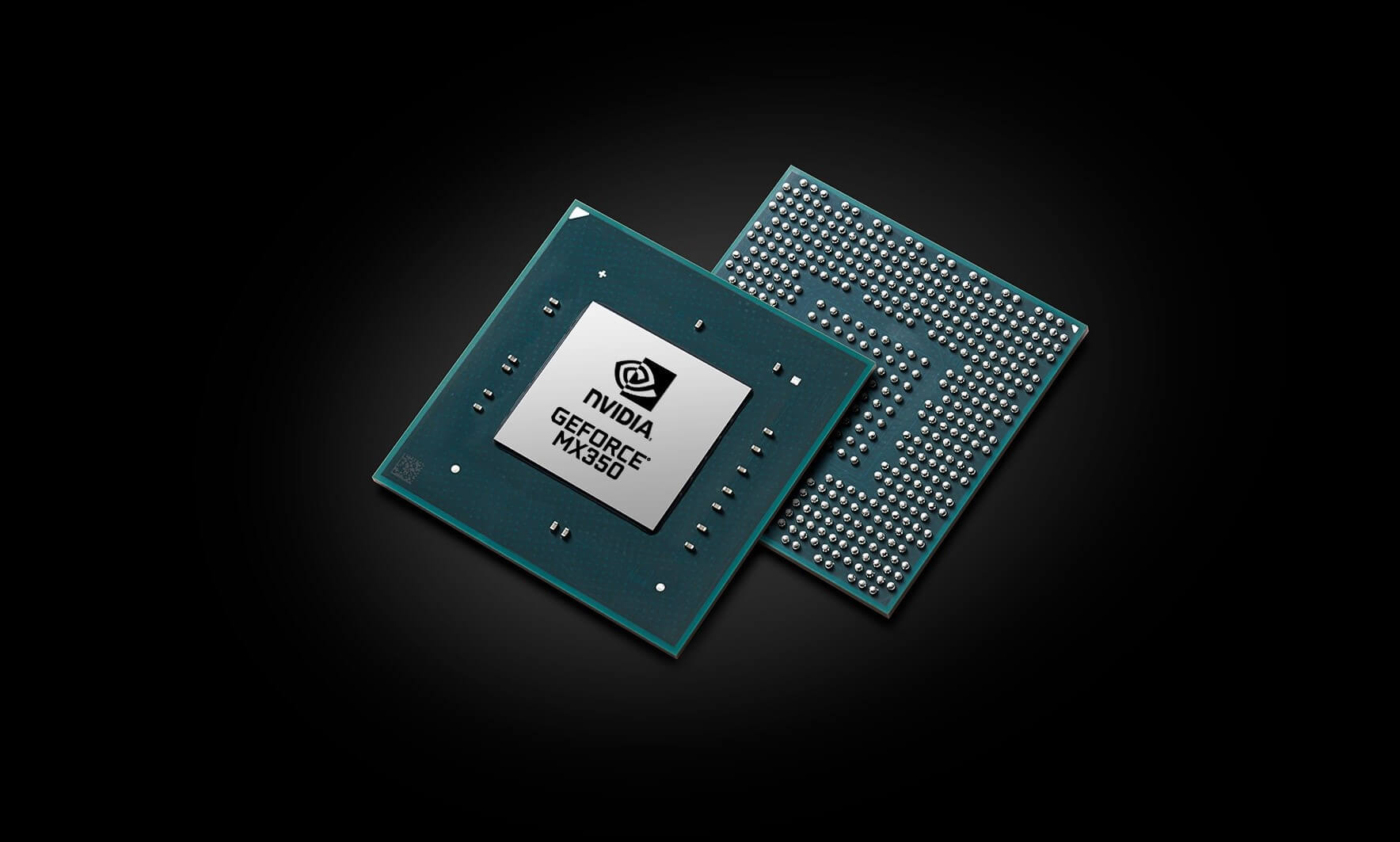In a nutshell: Nvidia has quietly unveiled two new budget laptop graphics cards, the Pascal-based MX350 and MX330. The former carries a core count of 640 and the latter 384, which is two-thirds more and a half more than the preceding MX250 and MX230, respectively. The new pair won't be breaking any performance records, but their spec sheet improvements suggest an immense surge in value.
The GeForce MX series typically makes its way into affordable gaming laptops and ultrathin premium notebooks. They sit in between integrated graphics and entry-level Turing hardware like the GTX 1650 in terms of both performance and power consumption. With 2 GB to 4 GB of GDDR5 memory, and clock speeds and core counts comparable to entry-level discrete desktop hardware from a couple of years back, they just slide into the minimum requirements for most games.
Almost a year ago exactly, Nvidia announced the MX250 and MX230 as successors to the Maxwell-based MX100-series. We reported that their performance figures – presented in multiples of what Intel's integrated graphics could achieve – were in fact worse than the MX100-series'. After a funny email exchange, Nvidia discovered that the error had occurred because they were using different Intel processors in their comparisons. Predictably, they learned nothing and have done the exact same thing this year, but at least they won't fool us twice.
While we don't have a way to compare the performance between MX200 and MX300-series yet, we can make comparisons to the Intel Core i7-1065G7. Nvidia asserts that the MX350 is 2.5x more powerful than Intel's part, and the MX330 is 2.0x better.
That would imply that MX300-series should do alright in today's most popular games. Typical laptop titles like CS:GO, Rocket League, Fortnite, or Rainbow 6 Siege should run comfortably with acceptable levels of visual fidelity. More challenging titles like Apex Legends or the Division 2 should run okay, but won't be particularly impressive.
| Model | Architecture | CUDA Core Count | Memory Bandwidth |
| Nvidia GTX 1650 Max-Q | Turing TU117 | 1024 | 112 GB/s |
| Nvidia MX350 | Pascal GP107 | 640 | 56 GB/s |
| Nvidia MX330 | Pascal GP108 | 384 | 48 GB/s |
| Nvidia MX250 | Pascal GP108 | 384 | 48 GB/s |
| Nvidia MX230 | Pascal GP108 | 256 | 48 GB/s |
But (and why does there always have to be a 'but' with these things?) Nvidia's shady marketing practices could get in the way of your dreams of super-portable gaming notebooks.
As they've done with previous generations, Nvidia is letting OEMs configure MX300 GPUs with different TDPs between 10W and 25W, which can tank clock speeds by as much as 50% – which is why we've refrained from highlighting them. The performance delta between the various implementations of these cards could easily surpass 30%, and in some cases, manufacturers won't tell you what you're getting.
The GPUs are still awesome, just make sure you check the clock speeds of anything you're considering purchasing. According to NotebookCheck, 25W models can have base clocks of 1.3+ GHz and boost clocks of 1.5-1.6 GHz, so don't settle for anything less.
